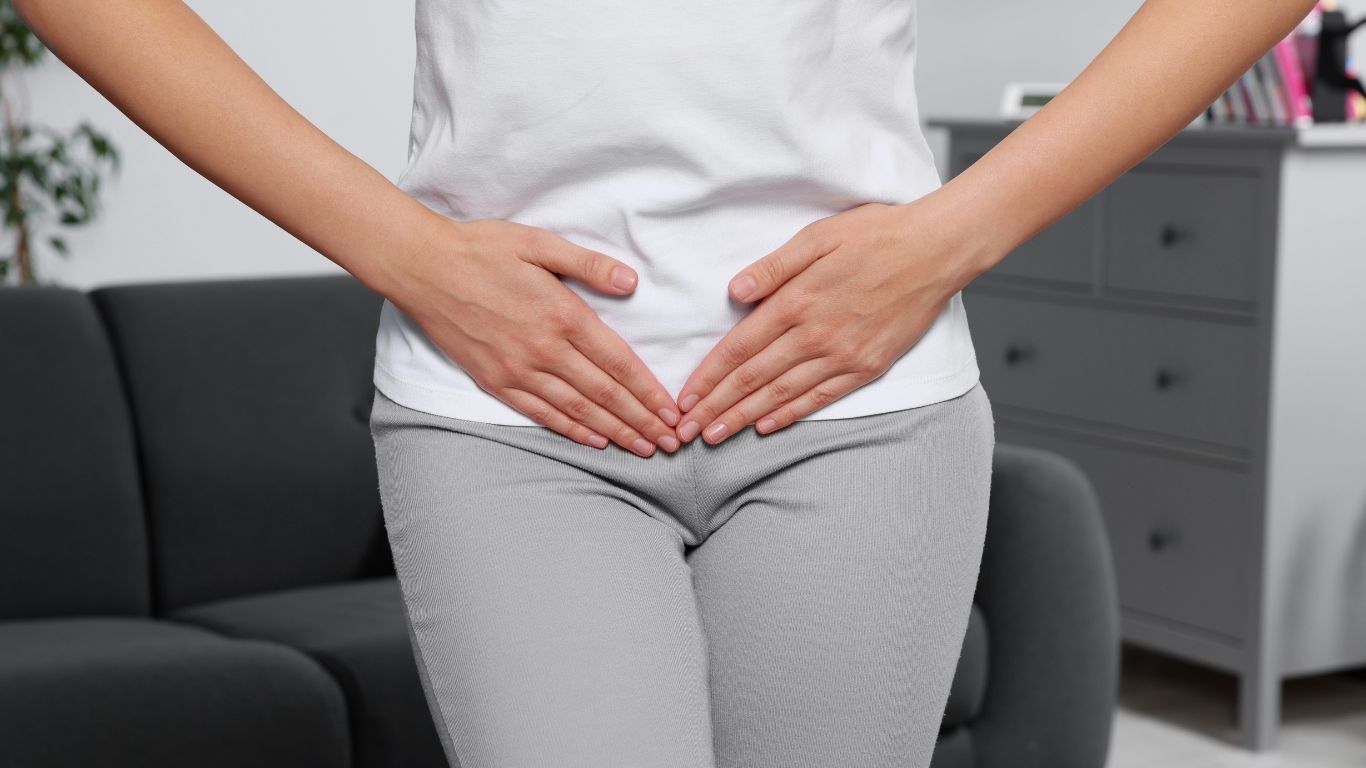
19 Sep How Many Eggs Do I Have Left? Understanding Your Reproductive Potential
“How many eggs do I have left?” has been asked by countless women, reflecting their desire to understand their reproductive timeline. In the age of third-party reproduction, egg donation, and advancing fertility treatments, this question takes on even greater significance. Let’s unravel the complexities of the female ovarian reserve.
Ovarian Reserve: What Does It Mean?
Every woman starts her life with a fixed number of eggs. As stated by the American Society for Reproductive Medicine (ASRM), a baby girl is born with roughly 1-2 million eggs. Fast forward to puberty, and this number plummets to about 300,000. Throughout her reproductive life, she will release only about 400-500 of these during ovulation [^1^].
Evaluating Your Egg Count
Several tests can offer insights into your remaining egg count:
1. Anti-Müllerian Hormone (AMH) Test: AMH levels in the blood can provide an indication of the number of eggs waiting in the wings. A higher AMH generally means more eggs are available [^2^].
2. Antral Follicle Count (AFC): Through ultrasound, specialists can view and count the small sacs, or follicles, in the ovaries that contain immature eggs. A higher AFC typically suggests a higher ovarian reserve [^3^].
3. Follicle Stimulating Hormone (FSH) Test: Administered early in the menstrual cycle, this test assesses FSH levels, which can inversely indicate ovarian reserve[^4^]. In other words, if the FSH is high, it suggests that there are less eggs left in the ovaries.
Dr. Arlene Morales, a board-certified reproductive endocrinologist at FSMG, states, “While these tests are crucial, they are just a small part of an extensive fertility puzzle. Age, health, and lifestyle also play a significant role in determining one’s reproductive potential. It’s not just about how many eggs a woman has left, but the health and vitality of those eggs. Ensuring optimal health through diet, exercise, and avoiding smoking or excessive alcohol can play a role in maintaining egg quality.”
Quality Over Quantity
The age-old adage, “It’s not quantity, but quality that matters,” rings especially true when discussing fertility. The quality of a woman’s eggs can be even more pivotal than their quantity. Over time, the likelihood of chromosomal abnormalities in eggs increases, which can impact fertility [^5^].
“It’s more than the number of eggs. Even with a robust ovarian reserve, the quality of eggs is paramount for successful conception and a healthy pregnancy,” remarks FSMG’s own Dr. Alexa Medica.
Planning Ahead
For those eager to understand their fertility trajectory, consulting a specialist is invaluable. Techniques like egg freezing can offer a sense of empowerment and create options for the future.
If natural conception proves challenging, remember that avenues like egg donation and third-party reproduction have opened doors for countless individuals, providing hope and new beginnings.
Your reproductive journey is as unique as you. While knowing the number of eggs you have left can be empowering, understanding the broader spectrum of fertility, from egg quality to advanced reproductive solutions, offers a holistic perspective on your potential.
Navigating the complexities of fertility is challenging, but with the collective expertise of Drs. Morales, Shelly, and Medica, alongside the entire FSMG team, we ensure your journey is compassionate, informed, and personalized.
Request an appointment: CLICK HERE https://ivfspecialists.com/contact/appointment/
—
Sources:
[^1^]: [American Society for Reproductive Medicine (ASRM)](https://www.asrm.org/)
[^2^]: [Tehrani F.R., Shakeri N., Solaymani-Dodaran M., Azizi F. Anti-Müllerian Hormone as a Predictive Factor of Menopausal Age. Climacteric. 2011]
[^3^]: [La Marca A., Sighinolfi G., Radi D., et al. Anti-Mullerian hormone (AMH) as a predictive marker in assisted reproductive technology (ART). Hum Reprod Update. 2010]
[^4^]: [Fleming R., Seifer D.B., Frattarelli J.L., Ruman J. Assessing ovarian response: Antral follicle count versus anti-Müllerian hormone. Reprod Biomed Online. 2015]
[^5^]: [Hassold T., Hunt P. To err (meiotically) is human: The genesis of human aneuploidy. Nat Rev Genet. 2001]


